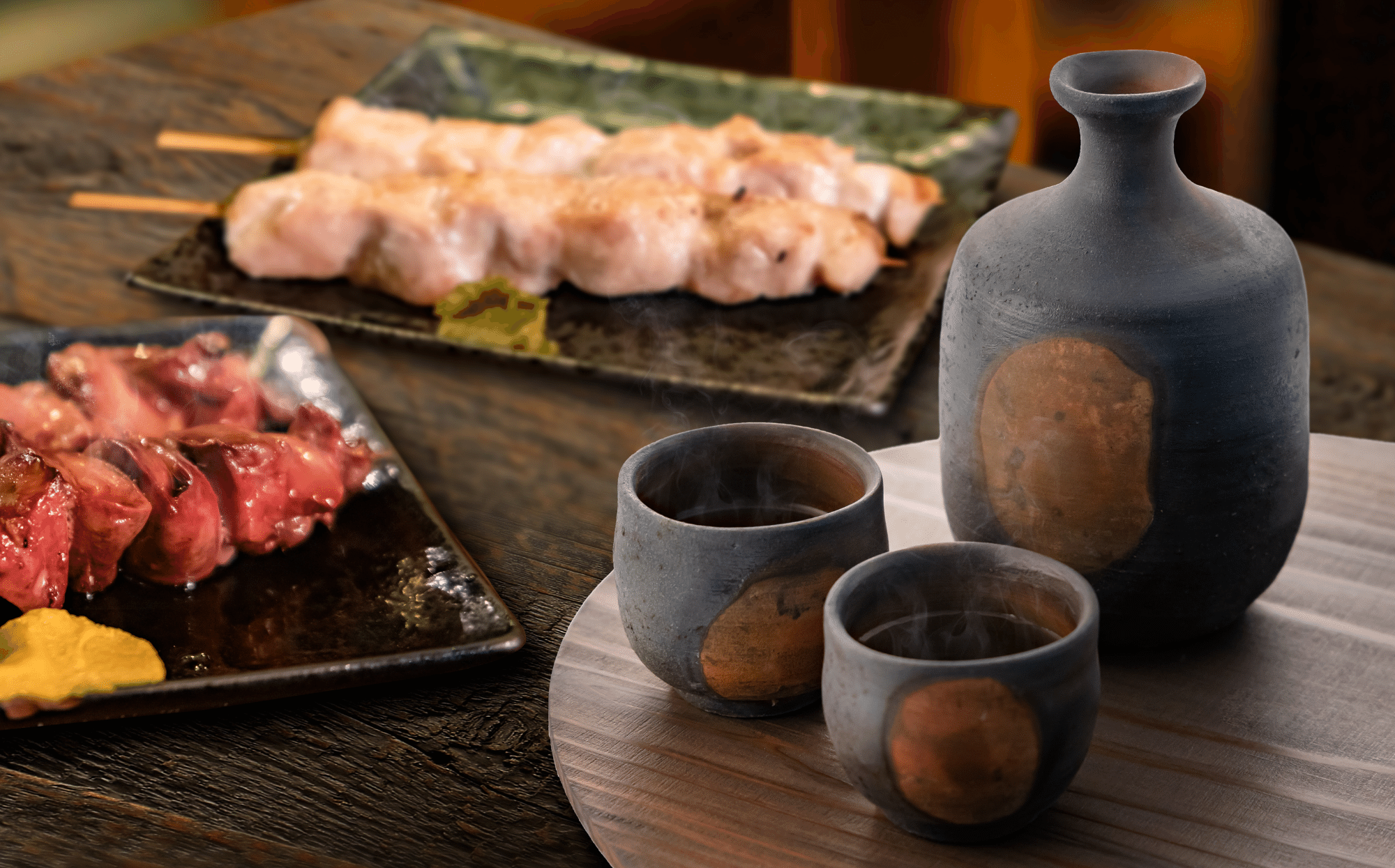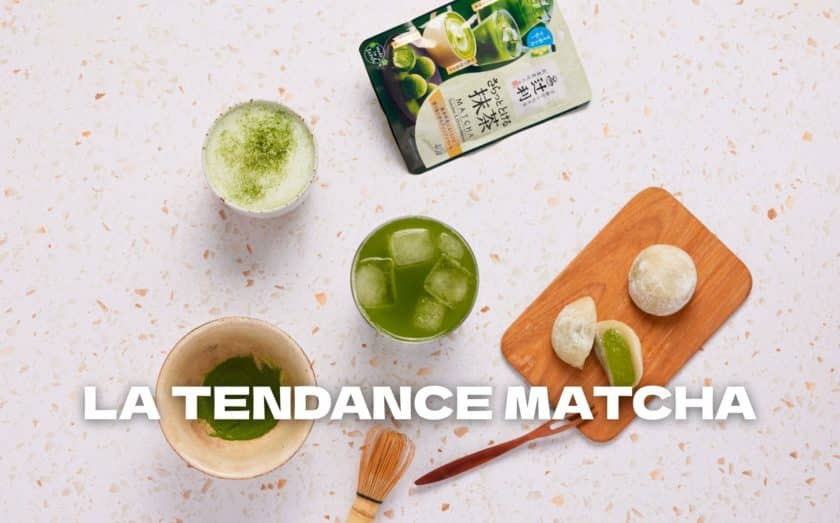The secrets of a good hot sake
Sake is a staple of Japanese restaurants menus! This traditional Japanese alcohol has the advantage of being combined with many dishes and to offer a unique and authentic experience to your customers.
But here it is: do we drink sake hot or chilled?
Today, many establishments offer it chilled, in small traditional Japanese glasses or in European wine glasses. Bars or restaurants that offer it hot are rare. It is therefore an excellent way to stand out! Especially as its service is not that complicated.
In this article, let’s go over the basics of serving quality hot sake.

Should sake be served hot or cold?
Answer: Both are possible (and it is just as delicious)!
Traditionally, sake is served hot, bringing roundness and depth to this fermented rice alcohol. But with the advent of new brewing techniques, sake has become finer and more aromatic, making it ideal for drinking chilled to appreciate all its flavors.
It all depends on the effect you want! If you want a sake with a simple and straightforward aroma, heating it may be a good solution. On the other hand, if you want a more subtle, more aromatic sake, we advise you to taste it fresh.
In any case, there is no wrong choice. Trust your nose, your palate and above all your desires! A chilled sake on a terrace in summer, a hot sake to accompany a menu of grilled meats on a winter evening…
For the purists: the distinction between hot and cold is actually more nuanced. There is a wide range of serving temperatures for sake, from 30 to 55°C. Each temperature reveals different facets of the same sake.
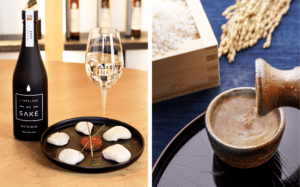
Pictures: chilled sake in a wine glass and hot sake in an ocho-ko cup.
Which sake tastes better warm?
Sakes that have lactic or cereal aromas, with more umami or acidity are considered better heated. This is the case for ordinary sake called futsushu, or junmai sake (sake without addition of alcohol, with 70% polished rice) or honjozo sake (sake with addition of distilled alcohol, with 70% polished rice).
It is therefore recommended to avoid heating ginjo, daiginjo, junmai ginjo or junmai daiginjo type sakes. These fruity, floral and delicate sakes tend to lose their aromatic profile once heated (it is a bit like the logic of wine: you rarely use a great vintage to make mulled wine!)
However, there are always exceptions! Again, the best thing to do is to test a product yourself at different temperatures to see which one you prefer!

Picture: a selection of sake that are good served warm, to discover at the end of this article.
At what temperature should I drink sake?
Most commonly, sake is consumed heated to 50°C. This is the “atsu kan”, the reference category for hot sake. But there are other categories, depending on personal preferences!
- 55°C : Tobikiri kan –> Reinforces the spicy notes and dry aspect
- 50°C : Atsu kan –> Strengthens and simplifies the flavors
- 45°C : Jo kan –> Strengthens the aromas
- 40°C : Nuru kan –> Enhances the aromas and reinforces the sweetness
- 35°C : Hitohada kan –> Pleasant in the mouth with its gentle heat
- 30°C : Hinata Kan –> Melting in the mouth

Picture: people toasting with ocho-ko (traditional sake cups).
How to heat sake?
There are several methods for heating sake.
In a water bath (Most traditional)
Traditionally, sake is heated in a double boiler. To heat sake, a tokkuri (a Japanese jug) or other metal or ceramic container is placed in a pan with hot water at 80°C for 2 to 4 minutes. It is recommanded to check the temperature with a thermometer.
Microwave (Most convenient)
Sake can also be heated in the microwave. Place the sake in a microwaveable container, heat it for a few seconds as indicated below, and stir well before serving so that the product is heated evenly.
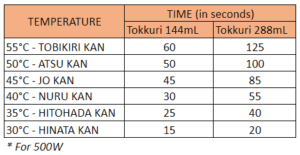
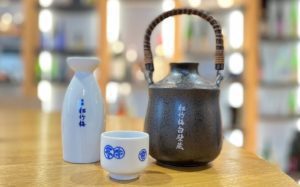
Picture of a tokkuri and an ocho-ko (in white on the left), in which sake can be served hot and a chirori (in black on the right), a kind of tokkuri around which there is a space to put hot water for a bain-marie service directly at the customer’s table.
How to drink hot sake?
Hot sake is served in an ocho-ko cup, the traditional Japanese sake cup.
It allows you to enjoy the sake in small sips. In a container that is too large, the sake might get cold quickly!
Hot sake can be served on its own, as an aperitif or at the end of a meal, or as an accompaniment to dishes. It will enhance the warm atmosphere of izakaya and ramen restaurants. It is a perfect accompaniment to yakitori or a nice dish of stuffed tomatoes. (Why would we limit to Japanese dishes? )
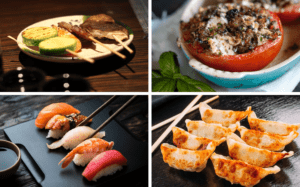
Pictures: yakitori, stuffed tomatoes, sushi or gyoza are dishes that go well with hot sake!
Our selection of sakes to drink hot!
At Foodex, we offer several sakes that are ideal for serving hot.
Shirakabegura sake – Kimoto Junmai

This sake is a junmai, an ideal type for drinking hot. Moreover, it is a kimoto, a sake that has been brewed with a traditional method. It is available in several sizes: 180 mL, 720 mL and 1.8 L.
Discover Shirakabegura Kimoto Junmai sake.
Sake Sho Chiku Bai – Classic Jumnai

This sake is a junmai, characterized by its cereal notes. It is therefore an ideal sake to heat.
Discover Sho Chiku Bai Classic Junmai sake.
Rihaku Sake – Dance of Discovery

This sake is a junmai with a pronounced umami. When heated, it will regain its fullness. It is therefore the ideal product to drink hot.
Discover the Rihaku Dance of Discovery sake.
Homare Kirin Sake – Junmai Daiginjo

This sake is a daiginjo and yet, it is very good heated! It won the gold medal at the Kanzake award, the hot sake competition. Here is an exception to the rule!
Discover the Homare Kirin Junmai Daigingo sake.
To discover our entire range of Japanese sake and our associated services, visit the l’Atelier du Saké, our entity dedicated to the promotion of sake to catering professionals.
Consult our range of sake in our catalogs.
ALCOHOL ABUSE IS DANGEROUS FOR YOUR HEALTH. CONSUME WITH MODERATION.

